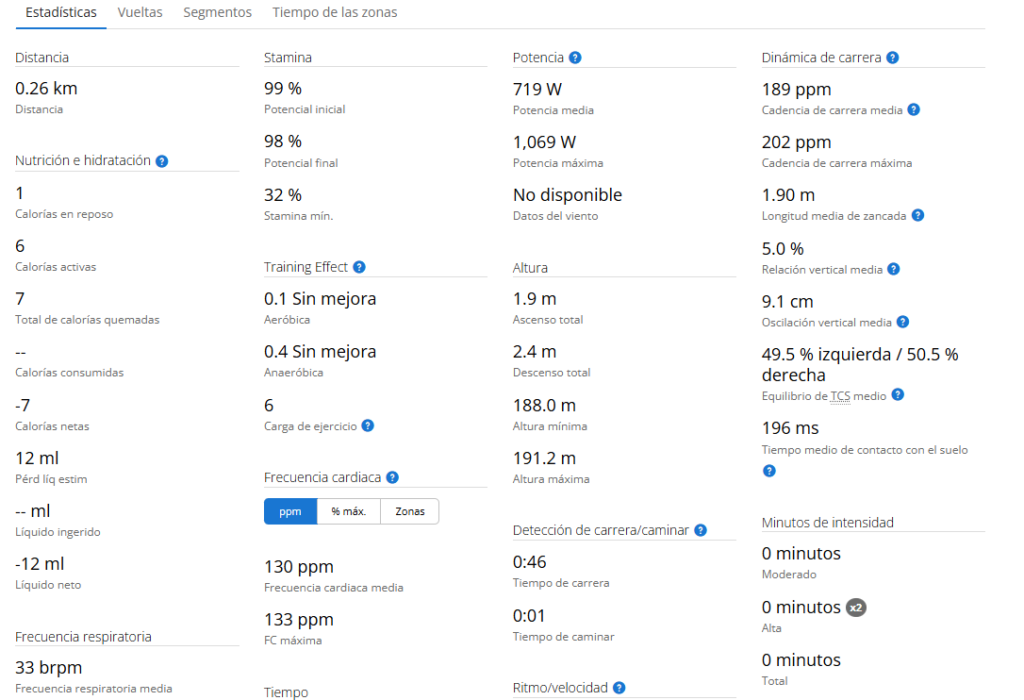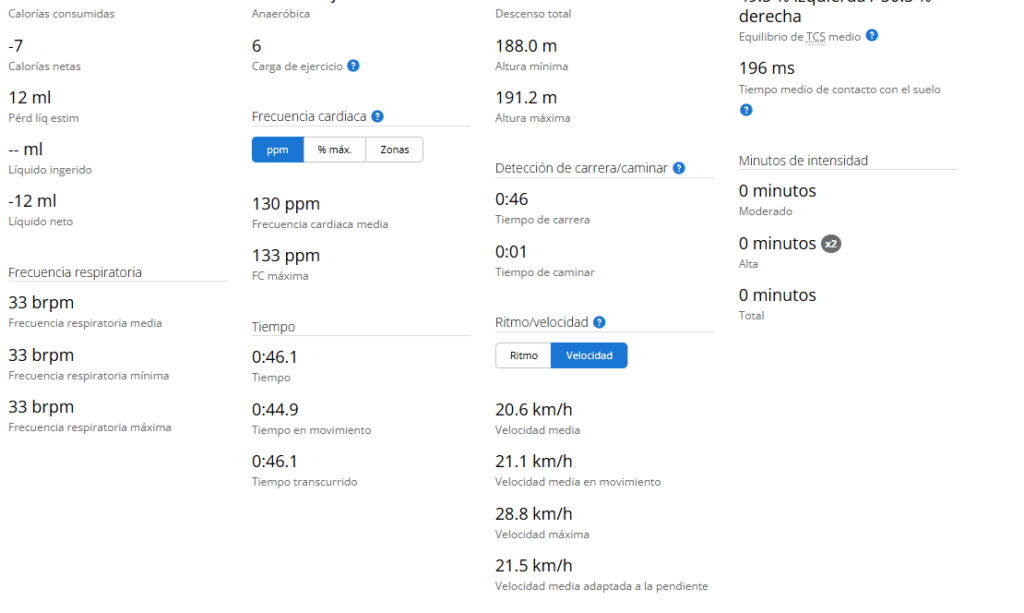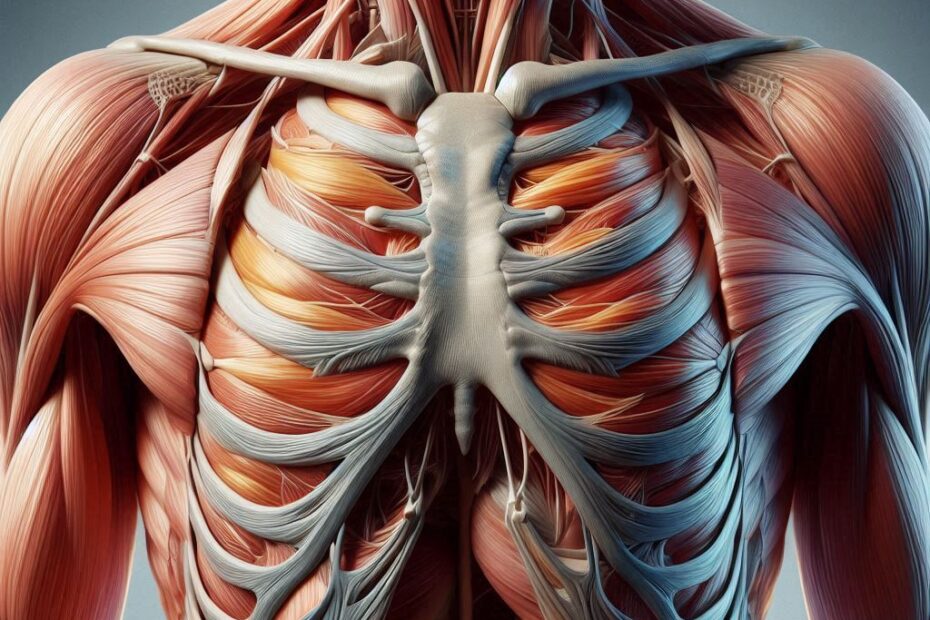Publicado: 22 de October de 2024 | Actualizado: 08/09/2025 a las 1:36:24 AM
Updated 09/07/2025
80% of the gases we breathe end up in the nervous system, muscles, and fats produce neurotransmitters, and 80% of the gases we breathe oxidize neurotransmitters.
Muscles are made of proteins and do not absorb fats, carbohydrates, or sugars, only protein. If they contain sugars, it is to store them and send them to the bloodstream. Glucagon is released from the pancreas, followed by insulin, so that leukocytes absorb lactic acid, which will produce antibodies to be eliminated by the liver, or lactic acid antibodies for muscle cells.
It can be said that chemical messengers or neurotransmitters are neutron charges that end up in the muscles, and antibody particles neutralize that charge. The more we increase the intensity of exercise, the more oxygen we need, for more chemical messengers and more antibodies.
Muscle cells only breathe when the antibody from the receptors enters the cells or even the DNA of the cell nucleus of the muscle cell. When the antibody enters the cell, the DNA divides, and the cell becomes engorged with oxygen. This oxygen acquires an electrical charge and is expelled by the cell nucleus.
It can happen that when we don’t exercise, the chromosomes synchronize differently, and it’s more to eliminate the antibody through the liver in the form of excrement. This consumes oxygen, raises the heart rate, and does not produce physical performance. For physical performance to occur, the antibody has to enter muscle cells, and oxygen is consumed by muscle cells. On the other hand, when we eliminate oxygen, it enters the liver and raises the heart rate if there is a lot of oxygen to eliminate, depending on the blood oxygen content and the synchronization of the chromosomes. Carbohydrates can be stored in cells in the form of lactate.
100% of fats are used by the nervous system, and the body doesn’t use them for anything else; they accumulate or store them in adipose tissue. Fats are produced by the liver from carbohydrates, which it transforms into triglycerides. Fats are also found in other foods.
In these images I leave you an example of a high intensity exercise with my data.


These fats end up in the nervous system and produce neutrons. When the antibody particle reaches the muscle cells, it disintegrates due to the gases generated by DNA when it divides and the genes are activated. This disintegrating antibody creates an electrical charge of protons in a gaseous particle and expels it through the nucleus and lungs. This is ridiculous in mathematics; what can be a calorie, since an antibody particle can oxidize four gases depending on the antibody compound.

